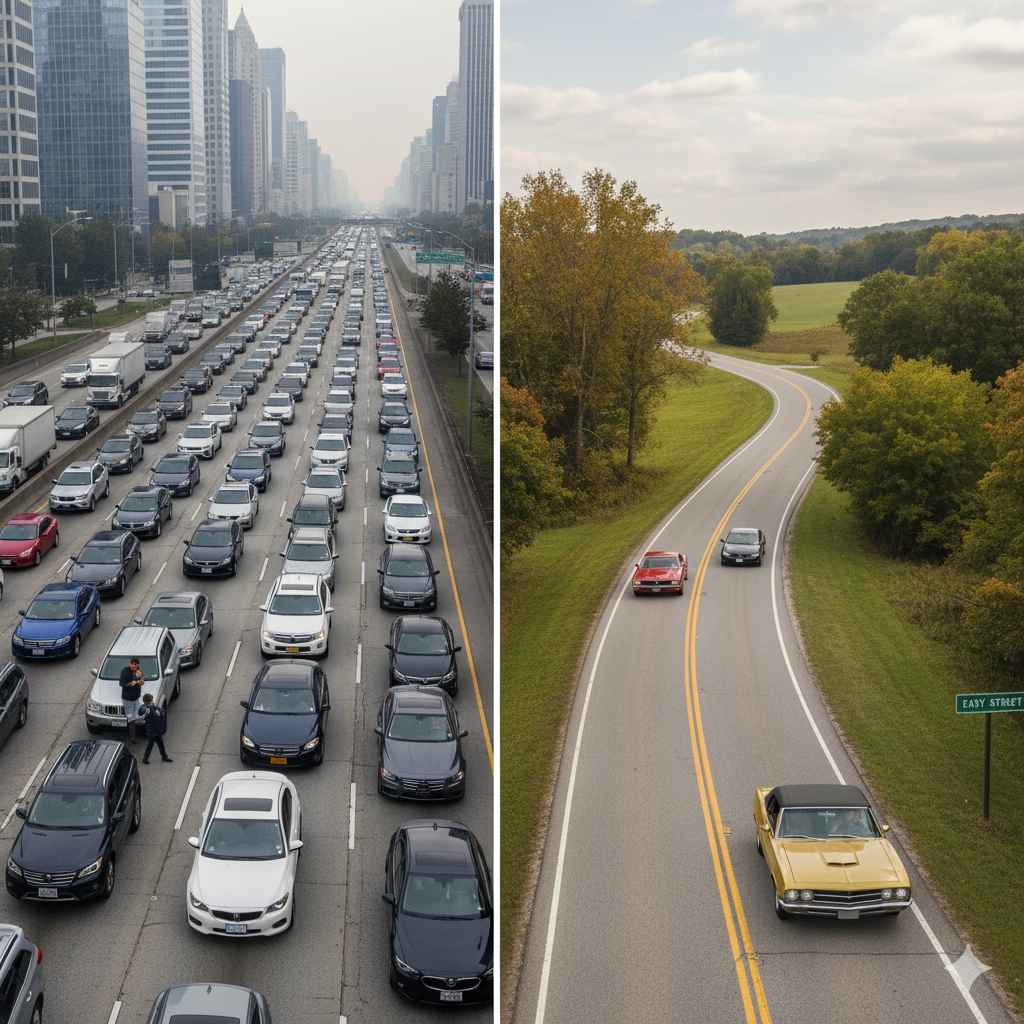What you'll learn: In this article, you'll discover how digital ordering has changed demand patterns, why burstiness disrupts operations, and the tactics and design strategies that can help you restore flow and stability.
The kitchen screen lights up — 37 new orders, all marked “Now.” The line cooks exchange glances, the expo shouts priorities, and the dining room manager watches the clock. Just minutes ago, the restaurant was calm. Now, it’s chaos.
What happened? The same thing that’s happening everywhere.
With kiosks, mobile ordering, and delivery apps, guests can now place orders faster than kitchens can produce them. The natural pacing that once came from face-to-face ordering has vanished. Input capacity has become virtually infinite, while output capacity remains bounded by equipment, people, and space.
The result: burstiness — sudden, unpredictable spikes in order flow that break even the best-run operations.
But here’s the key insight: burstiness isn’t just a staffing issue. It’s a system design imbalance. The good news? It can be managed both tactically and strategically. This article explores how.
Burstiness occurs when orders arrive in uneven, clustered patterns that exceed steady-state production capacity. It’s not a new phenomenon, but digital ordering has made it more extreme.
Before mobile and delivery platforms, order flow had natural regulators: a limited number of registers, drive-thru speaker posts, and the physical presence of lines. We have even come across operators that will purposely close off a section or a POS to avoid flooding the kitchen. These throttles paced demand. Now, with mobile apps and third-party aggregators, hundreds of customers can press “order now” at the same time.
When input outruns output, queues form instantly. The kitchen doesn’t just get busy — it gets flooded.

A useful way to visualize this is to think of traffic on a multi-lane highway suddenly merging into fewer lanes. When volume spikes, the merge point becomes a bottleneck — cars slow, tension builds, and throughput drops. To combat this, traffic engineers use metered onramps that regulate how many cars enter at a time, smoothing the flow and preventing gridlock.
The same concept applies to restaurants. When order intake is virtually limitless — think of an app that can accept thousands of orders in seconds — without some form of regulation or pacing, the kitchen becomes that bottleneck. Technology and process design can act as your “metered onramps,” using predictive throttling or queue management to prevent chaos and maintain steady output even when demand surges.
Burstiness is more than an inconvenience; it silently erodes both performance and morale.
Consider a movie theater concession stand that offers mobile pre-orders. At 7:10 p.m., fifteen minutes before showtime, every guest hits “order now.” Suddenly, 100 popcorn orders hit the queue simultaneously — and the system melts down. The pattern is predictable, yet few operations are built to handle it.
Stop treating bursts as anomalies. They’re not random — they’re part of the rhythm of digital operations. Resilient managers accept that unpredictability is predictable and plan for flexibility rather than perfection.
Traditional metrics like labor percentage or average order time fall short in bursty systems. Instead, focus on metrics that reflect flow and consistency:
When you measure flow, you can manage it.
Burstiness isn’t going away. Digital convenience guarantees that customers will continue to order whenever they want, however they want.
The operators who thrive won’t be those who fight variability, but those who design for it — combining human adaptability, smart process design, and technology that synchronizes input and output in real time.
The challenge isn’t avoiding bursts — it’s mastering them. Success in the digital era belongs to those who turn chaos into flow. When the next surge hits, don’t just react — flow with it.